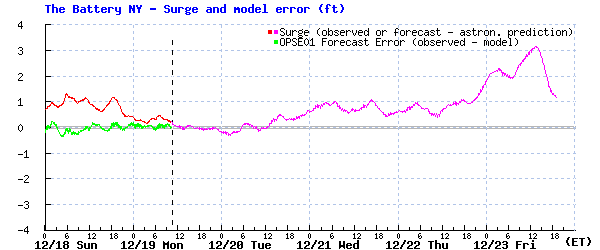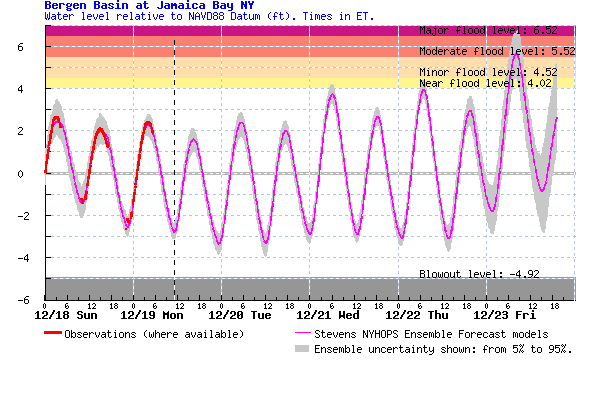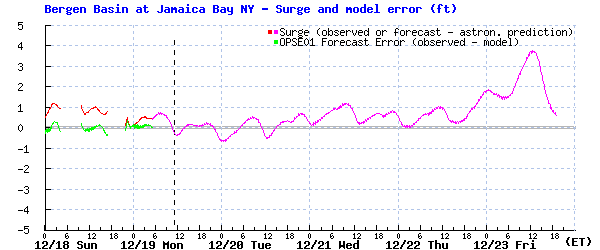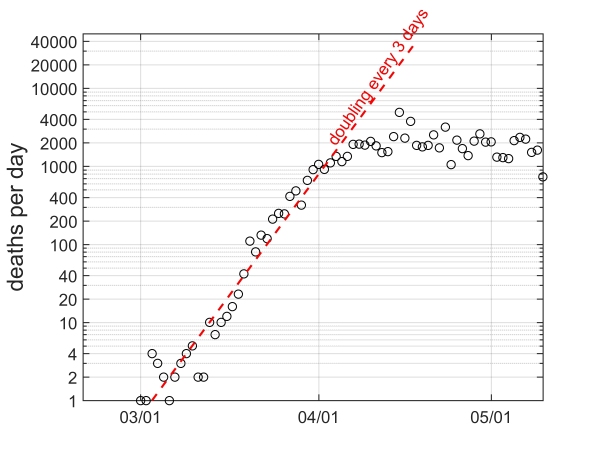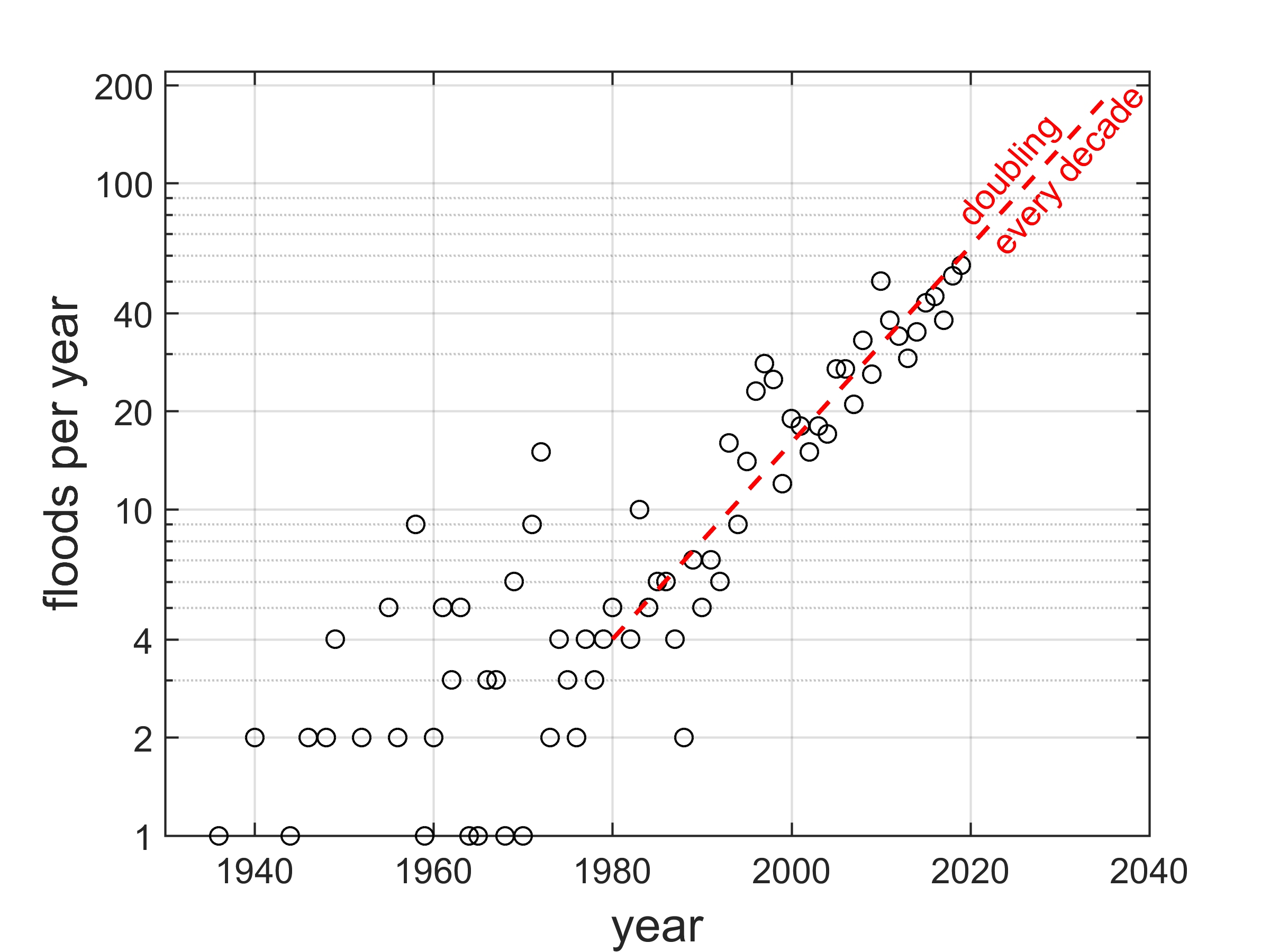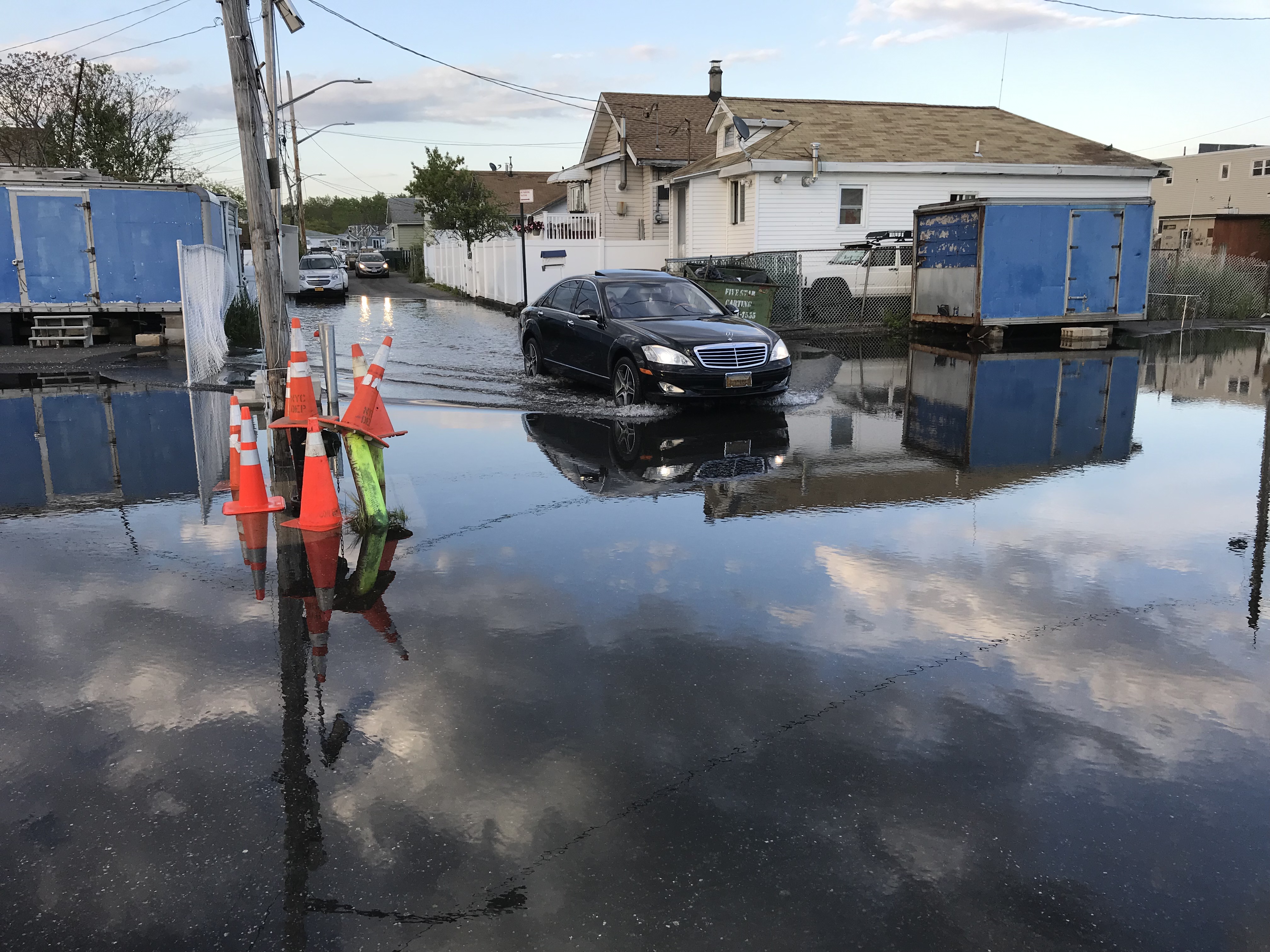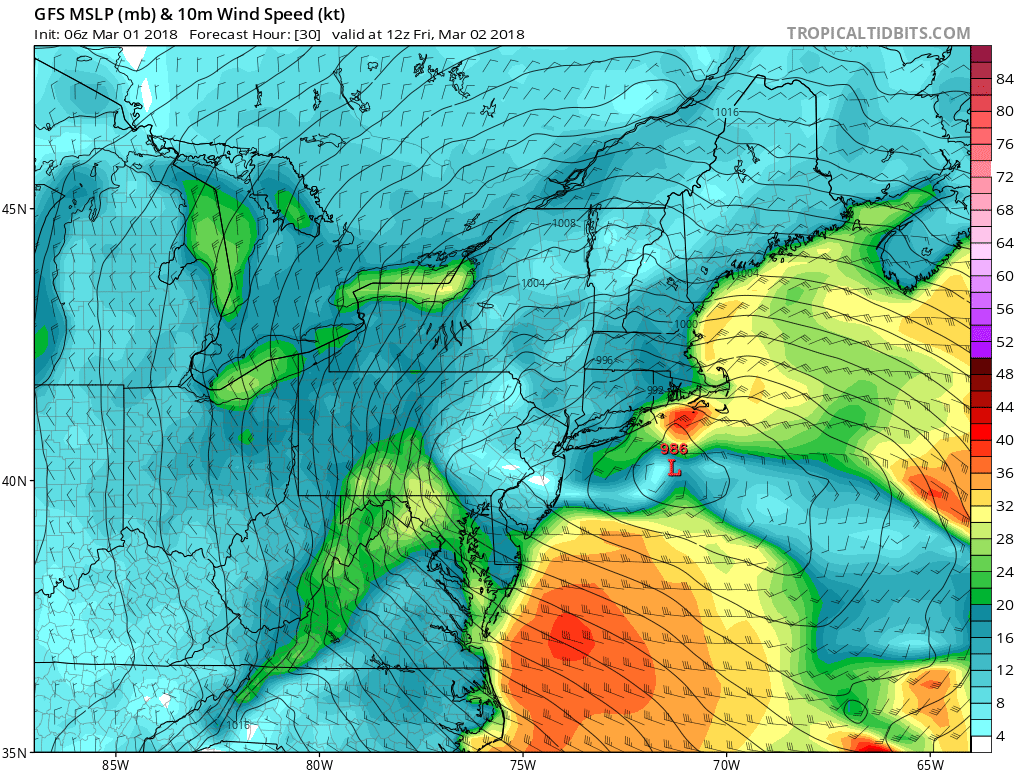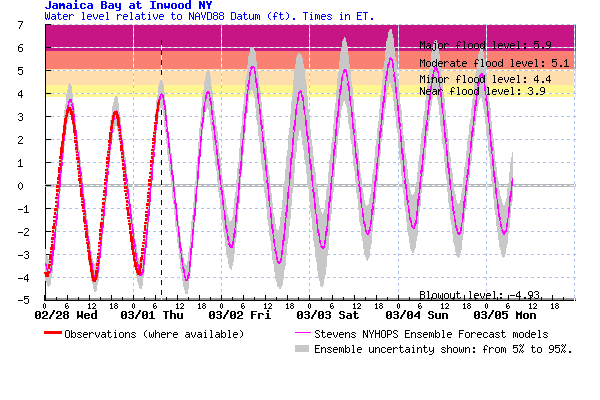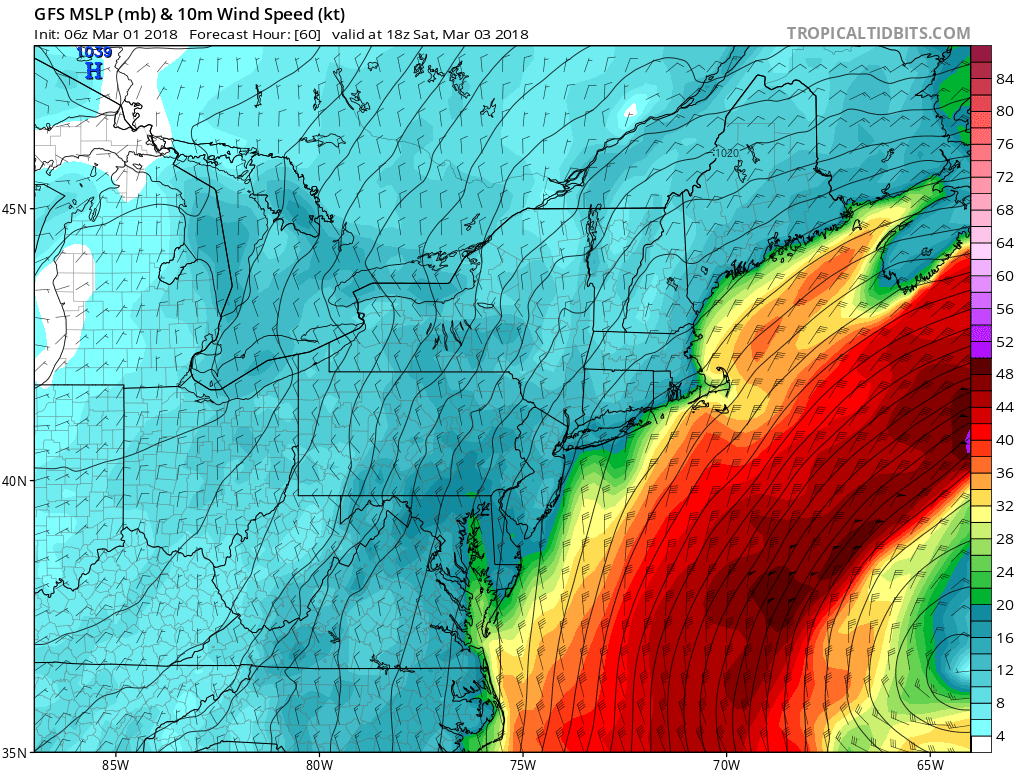A guest post by Dr. Vivien Gornitz
The Okjokull glacier in Iceland is no more.
In 2014, Oddur Sigurosson, a prominent Icelandic glaciologist, declared that the remnant ice was too thin to qualify as a glacier. A plaque erected to mark its demise warned that “In the next 200 years all our glaciers are expected to follow the same path.”
This summer, the world endured the hottest July ever. The Arctic, in particular, is warming twice as fast as the rest of the world. Alaska baked under record July heat. The intense heat that had gripped several European countries a week earlier reached Greenland between July 29-30 and August 3, 2019, where about 90 percent of its icy surface melted, including the summit of the ice sheet. Twelve and a half billion tons melted on August 2–the largest single-day meltdown ever! In 2019 to date, the Greenland Ice Sheet shed a total ice mass rivaling that of 2012, the current record-setting year.
Thawing glaciers and ice sheets now account for nearly two thirds of the present global sea level rise (SLR) of 3 mm/yr. Ice attrition on mountain glaciers grew from the sea level rise equivalent of 0.2 to 0.3 mm/yr in the 1980s to nearly 1 mm/yr between 2011 and 2016. Greenland added ~0.13 mm/yr to the oceans prior to 2000, going to ~0.7-0.8 since 2010. The awakening giant, Antarctica, nearly quadrupled its sea level contribution since the 2000s.
The thawing ice sheets raise additional concerns. Much of the West Antarctic Ice Sheet (WAIS) is potentially unstable because it lies on bedrock largely grounded[1] below sea level. As ocean water warms, it will melt the undersides of floating ice shelves and weaken their ability to buttress grounded ice. Eventually, this could trigger a Marine Ice Sheet Instability (MISI) on marine-terminating glaciers whose beds tilt landward. Once initiated, the grounding line continues to retreat landward until the glacier bed slope levels off. Atmospheric warming and hydrofracturing would further hasten ice shelf breakup, leading to collapse of high ice cliffs (≥100 m above water). A number of WAIS ice shelves are already thinning and glacier grounding lines are in retreat.
Increased ice melting, as well as potential ice sheet instabilities, raise prospects of higher than previously anticipated sea level. More frequent coastal flooding due to the higher waters would endanger people and structures in low-lying areas, worldwide. Coastal managers and decision-makers should therefore consider the design and construction of urban infrastructure and transportation networks that can withstand rare long-range, although high consequence events, as well as ones more likely to occur.
These considerations motivated the New York City Panel on Climate Change (NPCC), an advisory team of academic and private-sector experts, to introduce a physically-plausible end of century extreme, though low probability, sea level rise scenario for New York City. The ARIM (Antarctic Rapid Ice Melt) scenario includes the possibility of future Antarctic ice sheet destabilization, particularly under high carbon-emissions futures. ARIM focuses on a narrow subset of high sea levels based on the ‘Extreme’ SLR scenario from a recent national climate assessment, as well as several other recent publications.
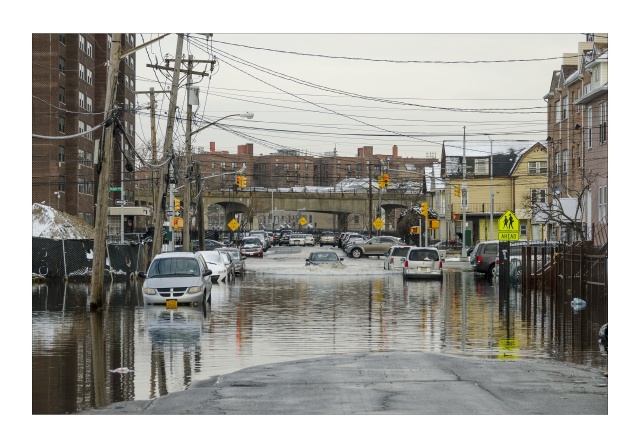
Rockaway Peninsula during a small storm surge with high spring tides (credit: Gilles Ashford)
Up to the 2050s, the ARIM scenario closely resembles prior results from a 2015 NPCC report. However, by the 2080s, ARIM projects a 2.1 m sea level rise, climbing to 2.9 m by 2100. This contrasts with a SLR of 1.5 m by the 2080s and 1.9 m by 2100 at the 90th percentile in the NPCC (2015) report. (Note, however, that the NPCC (2015) projections still remain the scientific basis of New York City resiliency planning).
Higher sea levels and increasing coastal flood exposure pose growing challenges for the large population and major economic assets along New York City’s shoreline. Historically, the city has been struck by a number of severe coastal floods (both hurricanes and nor’easters). Superstorm Sandy in 2012 generated the highest water levels in at least 300 years and caused an estimated $19 billion in damages and 43 fatalities in the city. But major coastal storms are not the only hazard of rising seas.
An early manifestation of SLR is the increasing incidence of clear weather “nuisance flooding”, or tidally related flooding of streets, basements, and low-elevation highways. The number of such incidents has increased substantially in the United States since the 1950s. Sections of several low-lying neighborhoods surrounding Jamaica Bay and Rockaway Peninsula already experience frequent nuisance flooding (see photo above).
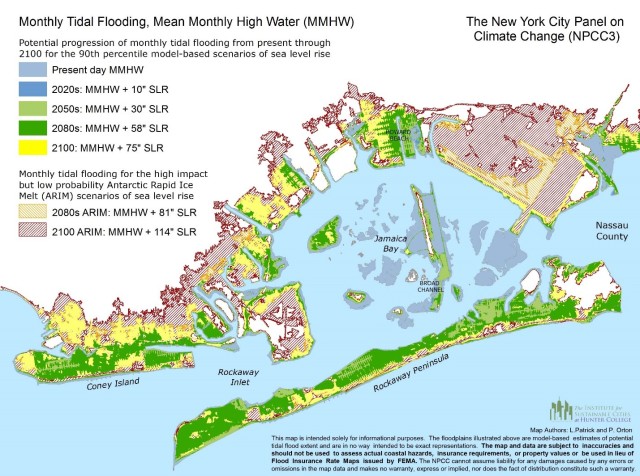
Figure 1. Future growth of the area affected by monthly tidal flooding around Jamaica Bay, Coney Island, and the Rockaways, New York City, for NPCC (2015) 90th percentile and ARIM SLR scenarios. Results assume no future shoreline changes due either to coastal erosion or coastal flood protection, and may therefore under- or overestimate flood area. Because of remaining uncertainties associated with ARIM, this map is not intended for planning purposes.
A worst-case sea level rise scenario such as ARIM would not only increase coastal flood levels, but would also lead to a progressive landward expansion of the floodplain over time (Fig. 1). Under ARIM, monthly tides would flood a much broader area than under the 90th percentile NPCC (2015) projections, over the same time periods. Moreover, neighborhoods around Jamaica Bay, previously exposed to frequent tidal flooding could become permanently submerged by late century, without strengthened coastal protection. Several other city waterfront communities face a similar risk.
Guided by NPCC findings, New York City undertakes programs to strengthen local coastal defenses tailored to specific neighborhood needs. Examples include installation of temporary or permanent barriers (such as a floodwall or berm), raising bulkheads, seawalls, and building neighborhood-scale levees and storm surge barriers. Plans have been proposed to raise streets subject to frequent nuisance flooding. Nevertheless, extensive high density development is occurring close to the waterfront within the present-day 100-year flood zone. Long-term planning should therefore include more sustainable land-use zoning to minimize or avoid high-density development in flood-prone areas and preserve natural vegetation, such as salt marshes, as buffer zones against high waves.
Will even these resiliency measures suffice in light of a potential high-end sea level future? Will managed relocation of the most vulnerable neighborhoods ultimately become a necessity? The consequences of substantial potential future economic and societal disruptions from low probability, yet high consequence events in major coastal urban centers such as New York City, highlight the urgency of investigating upper-end sea level scenarios for long-term coastal risk management.
[1] Ice resting on bedrock. The grounding line delineates the boundary between land-based ice and an attached floating ice shelf.
Further reading
Bamber, J.I., Westaway, R.M., Marzeion, B., and Wouters, W., 2018. The land ice contribution to sea level during the satellite era. Environmental Research Letters, 13:063008, https://doi.org/10.1088/1748-9326/aac2f0
Gornitz, V., Oppenheimer, M., Kopp, R., Orton, P., Buchanan, M., Lin, N., Horton, R., and Bader, D., 2019: New York City Panel on Climate Change 2019 Report. Chapter 3. Sea level rise. In: Advancing Tools and Methods for Flexible Adaptation Pathways and Science Policy Integration. Rosenzweig C, Solecki W (eds). Ann. New York Acad. Sci. 1439: 71-94.
Gornitz, V., 2019. Vanishing Ice: Glaciers, Ice Sheets and Rising Seas. New York, NY: Columbia University Press.
Holson, L.M., Iceland mourns loss of a glacier by posting a warning about climate change. New York Times, August, 19, 2019. https://www.nytimes.com/2019/08/19/world/europe/iceland-glacier-funeral.html
Horton, R., Little, C., Gornitz, V., Bader, D., and Oppenheimer, M., 2015: Chapter 2. Sea level rise and coastal storms. In: New York City Panel on Climate Change 2015 Report: Building the Knowledge Base for Climate Resiliency, Rosenzweig C, Solecki W (eds). Ann. New York Acad. Sci., 1336, 36-55.
Ilyushina, M. and Pleitgen, F., 2019. At the bottom of a glacier in Greenland, scientists find troubling signs. CNN. https://www.cnn.com/2019/08/19/weather/greenland-nasa-climate-battle-intl/index.html (updated Aug. 20, 2019).
Michaels, M., 2019.A closer look at the heat that smashed all-time records in Alaska. Weather Nation. https://www.weathernationtv.com/news/a-closer-look-at-the-heat-that-smashed-all-time-records-in-alaska/ (posted July 22, 2019).
Orton, P., Lin, N., Gornitz, V., Colle, B., Booth, J., Feng, K., Buchanan, M., Oppenheimer, M., and Patrick, L., New York City Panel on Climate Change 2019 Report. Chapter 4. Coastal Flooding. In: Advancing Tools and Methods for Flexible Adaptation Pathways and Science Policy Integration. Rosenzweig C, Solecki W (eds). Ann. New York Acad. Sci. 1439:95-114.
Rignot, E., Mouginot, J., Scheuchl, B., van den Broeke, M., van Wessem, M.J., and Morlighem, M., 2019. Four decades of Antarctic Ice Sheet mass balance from 1979-2017. Proc. Natl. Acad. Sciences 116(4):1095-1103.
Scambos, T., et al., 2019. Europe’s warm air spikes Greenland melting to record levels. NSIDC, Greenland Ice Sheet Today. http://nsidc.org/greenland-today/2019/08/europes-warm-air-spikes-greenland-melting-to-record-levels/ (posted Aug. 6, 2019).
Zemp, M., et al., 2019. Global glacier mass changes and their contributions to sea level rise from 1961 to 2016. Nature. https://doi.org/10.1038/s41586-019-1071-0

